

Table of contents
- Why is mulching useful?
- When is it better not to mulch?
- Bark mulch - pros and cons
- Advantages
- Disadvantages
- The 9 best alternatives
- pine bark
- wood chips
- Lavalite / lava mulch
- natural stone mulch
- miscanthus
- Underplanting with ground covers
- leaves
- compost
- lawn clippings
Many gardeners practice covering the free soil area with bark mulch, after all the method offers numerous advantages and reduces work in the bed to a minimum. However, the material is not always the best choice, some plantings are even very sensitive to it. So that you do not have to give up the benefits of mulching, you can choose a more suitable alternative. We will introduce you to suitable candidates.
Why is mulching useful?
Borders and beds can be mulched in many different ways. First and foremost, the free floor area is covered to prevent unwanted growth, such as weeds. This measure also serves to improve the soil and protects the exposed soil from drying out and erosion, for example from rain and intense solar radiation. Use organic mulch material – including pine bark, wood chips and other substances in addition to bark mulch count - then at the same time you feed the soil with the necessary nutrients that were previously withdrawn from it by the planting became. Inorganic materials such as crushed stone or gravel are also recommended as an easy-care alternative.
When is it better not to mulch?
However, mulching garden soil does not always make sense. So you should better refrain from this measure if the soil in question often has to be worked intensively, for example
- to pull weeds
- to improve ventilation by hoeing
- to fertilize heavily nutrient-consuming plantings regularly
- removing foliage potentially infested with fungi
- Cover frost-sensitive plants with soil in autumn.
Mulching with bark mulch only makes such maintenance work unnecessarily difficult and should therefore be avoided.
Tip:
Above all hybrid tea roses often suffer from any covering of the ground, which is reflected in, among other things, lack of willingness to flower, yellow leaves and fungal diseases such as blackspot shows. Mulch roses - if at all - only with compost or cover the ground with suitable, low-growing and non-consuming perennials. Cranesbill (Geranium) in particular is very suitable.
Bark mulch - pros and cons
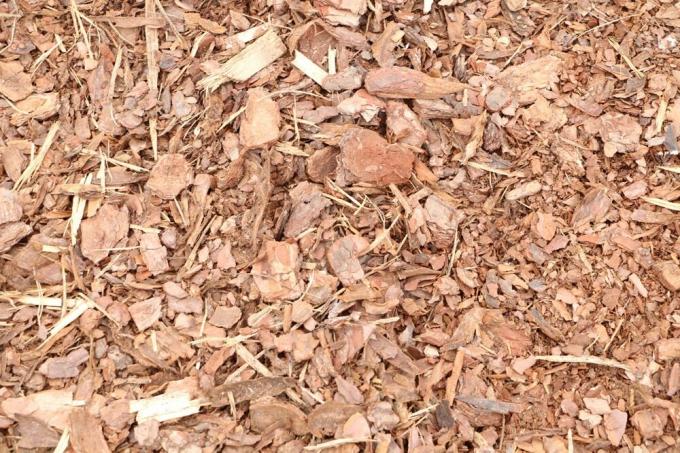
Bark mulch is a waste product from forestry because it is chopped tree bark. This remains on the peeling of the trees felled for wood processing, is divided into different granules and finally as a natural mulch material for the home garden sold. As a rule, the bark chips consist of the bark of native spruce or pine trees, with pine bark being particularly popular in horticulture: it suppresses weeds better than other varieties. However, the often used material has many advantages as well as some disadvantages, especially since bark chips are not a good choice on every soil and for all plant species. It is therefore important to weigh the pros and cons carefully and, if necessary, to look for an alternative.
Advantages
A covering of bark chips protects the bare soil in the bed in many different ways:
- no strong heating up in the sun - roots stay cool
- low evaporation - moisture stays in the soil
- Protection against weather influences and thus against erosion
- Protection against winter frost
- high content of tannic acid - growth-inhibiting, fewer weeds
- Soil activation - rots into humus and provides nutrients
Tip:
You determine the speed of rotting yourself by choosing a finer or coarser grain size for the material. The coarser the pieces of bark, the slower they will decompose.
Disadvantages
However, some of the advantages of bark mulch can also be explained as a disadvantage:
- High tannic acid content: not only prevents weeds from growing, but also young plants in particular
- Soil Activation: The rotting process removes nutrients, primarily nitrogen, from the soil
- Acidification of the soil: bark chaff especially suitable for acid-loving plants
- unsuitable for rock garden and prairie plants, roses, many bedding plants, Mediterranean herbs
- good hiding places for snails and other pests
Tip:
Enrich the soil with horn shavings or meal before mulching to prevent nitrogen deficiency.
The 9 best alternatives
This list gives you some good alternatives to the ubiquitous bark mulch. Depending on the soil composition, planting and garden style, different coverings come into question - after all, not every material is suitable for every purpose.
pine bark

Pine bark is basically the same as the bark chips made from local tree material, but contains the natural bark of pine trees from the Mediterranean region. Pine mulch naturally has a strong red to orange hue and smells pleasantly, but not overpoweringly, of conifers. Another advantage is that it decomposes slowly: While bark chips from local woods have to be replaced every two to three years at the latest, pine bark decomposes much more slowly. Of course, the material also has disadvantages: not only is it comparatively expensive, it also has the same disadvantages as pine or spruce bark mulch. Only the proportion of pollutants is usually lower.
wood chips

Wood chips also come from the timber industry. However, not only the tree bark, but whole wood waste is finely shredded here. Wood chip mulch is very durable - significantly longer than two to three years - also has good permeability for air and water, is dust-free and warms the ground in winter. However, the material also promotes fungal growth, which is why you should spread it over a large area should be careful - constant moisture not only attracts mold, but also hat fungus itself.
Lavalite / lava mulch
This is a natural, non-rotting and odorless material that is best used for perennial and flower beds. Lava mulch does not add any nutrients to the soil, but neither does it remove any nutrients from it due to the lack of a rotting process. In addition to all the other typical advantages of mulch, lava mulch offers another one: The rock warms up during winter Sunlight and releases this heat into the soil, making it useful as a natural frost protection for cold-sensitive plants serves. In summer, on the other hand, lava mulch keeps the sun away from the earth and thus prevents overheating.
natural stone mulch
Gravel or crushed stone are also very suitable for mulching, but you should only use both for rock gardens or rock gardens. Use gravel garden plants. In particular, regular fertilization is made more difficult by mulching with stones, as these would have to be removed before the supply.
miscanthus

This is the chopped clippings of Chinese reed, which is also excellent for mulching. In contrast to bark mulch, however, Miscanthus chaff is pH and odorless and places therefore a good alternative for plants that depend on a neutral to alkaline soil are. However, the chaff have one disadvantage: They are fine and very light, which is why you should only put them on the bed when they are well moistened.
Underplanting with ground covers
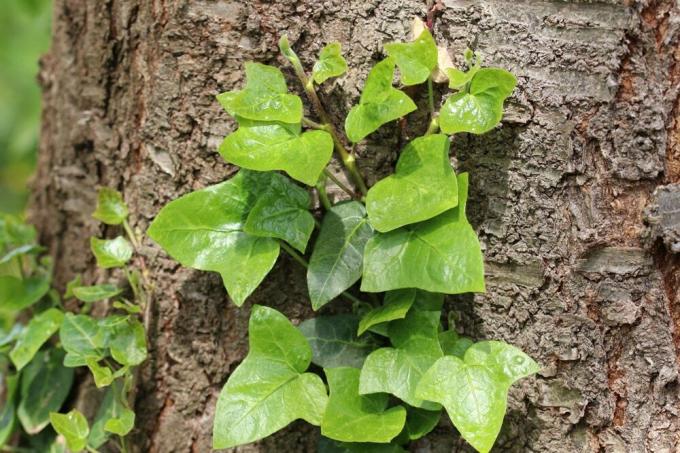
You can also plant low, sometimes evergreen ground cover between perennials and shrubs as well as under trees and trees and cover the area in this way. Of course, the effort in the first three to four years is significantly higher than with other mulch variants, but you have a natural cover and a livelier garden. Particularly well suited for this purpose are, for example
- Cranesbill (Geranium)
- Waldsteinia (Waldsteinia)
- Elf Flower (Epimedium)
- Lesser periwinkle (Vinca minor)
- Creeping medlar / carpet medlar (Cotoneaster radicans)
- Ivy (Hedera helix)
leaves
What could be more obvious than mulching the garden with natural materials such as leaves? The leaves of the deciduous trees that fall off in autumn are wonderful for this purpose and are also available completely free of charge. As the year progresses, the mulch will decompose, releasing so many valuable nutrients, but it is fairly short-lived and not particularly neat to look at. However, only use the leaves of healthy trees so that you do not get any fungal diseases in your borders and beds.
compost
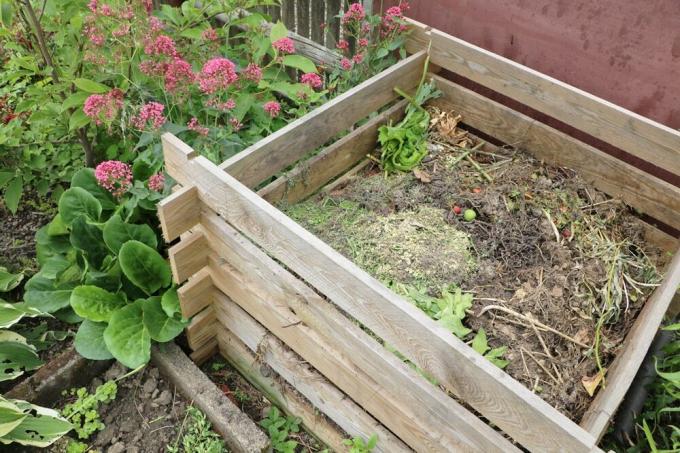
Coarse compost is also a wonderful mulch material and is primarily suitable for the natural garden. However, it can only be used for heavily consuming plants, and the material does not counteract this Weeds – quite the opposite: Anyone who also composts their (root) weeds will experience some bad things Surprise.
lawn clippings

If you have a large lawn in the garden and you mow it regularly, the question arises: where to put all the lawn clippings? Of course you can compost it, but the material is also good for mulching - and together with compost makes an excellent fertilizer.
 garden editorial
garden editorial I write about everything that interests me in my garden.
Learn more about mulch & bark mulch

Where can I get bark mulch for free? | 20 cheap sources of supply
Bark mulch for free is within reach if important sources of information are known. It is thanks to the Internet that generous donors of free bark mulch can be found with little effort. If the search comes to nothing, it is worth taking a look at this hand-picked list of 20 cheap sources of supply.

Pine mulch - an alternative type of mulch to bark mulch?
In the past, bark mulch made from native coniferous wood was almost exclusively used for mulching. In recent years, however, pine bark mulch has been on the rise. Since pine mulch has some differences to pine mulch, it can definitely be considered as an alternative to domestic mulch made from pine and pine.
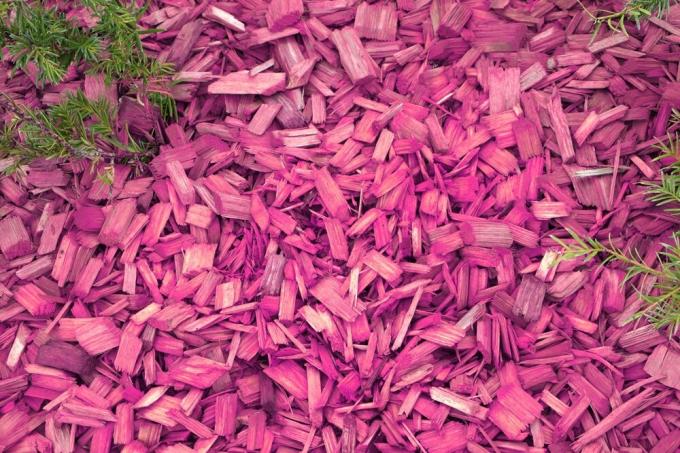
Colored bark mulch: colorful decorative mulch | Where buy? Prices
Colored bark mulch is a visual highlight and can be used in many areas of the garden for decorative purposes. In addition, bark mulch protects the plants against weather influences and suppresses the growth of weeds. In addition, the plants are supplied with additional nutrients over a long period of time.
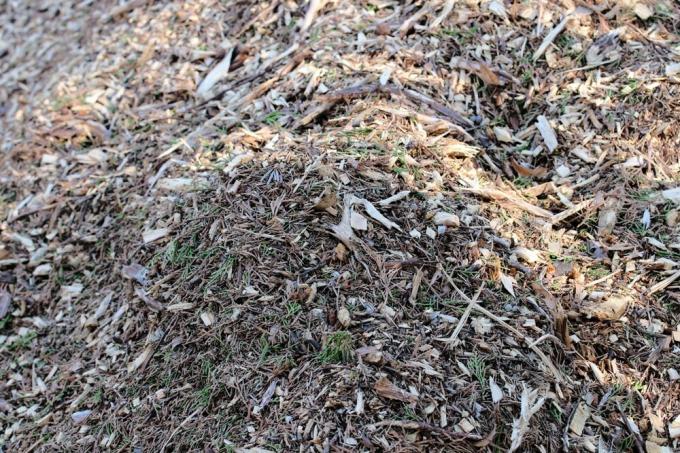
Bark mulch against weeds: how does mulch help to protect against weeds?
Mulch is becoming increasingly popular in the garden. This includes above all the bark mulch, which is made from waste from the wood industry. Bark mulch can be used for a variety of purposes, including weed suppression. How to do this is explained in this guide.

What to do with the lawn clippings? | Lawn mulch as fertilizer for beds & Co
Lawn mowing is annoying - mainly because you never really know where the grass clippings should go. This clippings are a valuable fertilizer that can be used in a variety of ways in the garden. Here's what you need to know about it.
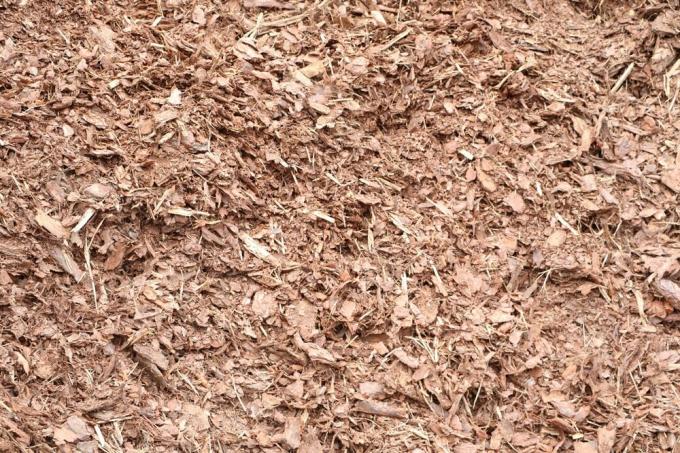
bark humus | Properties & uses of bark compost
Bark humus, often also called bark compost, is a fine thing in two senses. Fine because it is obtained from heavily crushed coniferous bark. Fine because it enriches plant soil with its ingredients. What are its advantages and how can the floor benefit from them?
